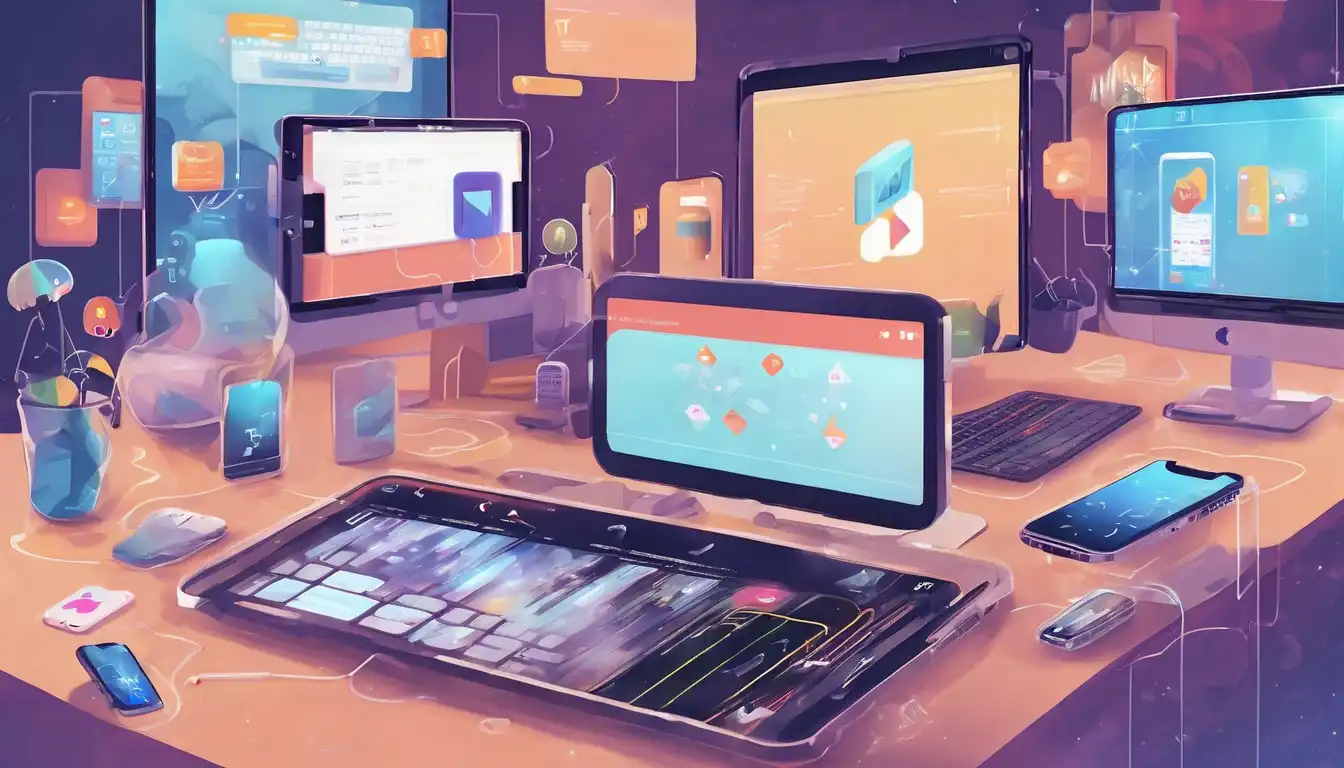Introduction to Flutter in Mobile Development
In the ever-evolving world of technology, Flutter has emerged as a groundbreaking framework for mobile development. Developed by Google, it enables developers to build natively compiled applications for mobile, web, and desktop from a single codebase. This article delves into how Flutter is shaping the future of mobile development, offering insights into its benefits, challenges, and why it stands out among other frameworks.
Why Flutter is a Game-Changer
Flutter's unique approach to mobile development lies in its use of Dart programming language and its widget-based architecture. This combination allows for the creation of highly customizable and visually appealing applications with minimal effort. Moreover, Flutter's hot reload feature significantly reduces development time, enabling developers to see changes in real-time without restarting the app.
Key Benefits of Using Flutter
- Single Codebase for Multiple Platforms: Write once, deploy anywhere. Flutter eliminates the need for separate codebases for iOS and Android.
- Fast Development Cycle: Hot reload speeds up the development process, making it easier to experiment and iterate.
- Rich Widget Library: Flutter offers an extensive collection of customizable widgets for creating complex UIs.
- Strong Community Support: A growing community contributes to a wealth of resources, plugins, and tools.
Challenges and Considerations
Despite its advantages, Flutter is not without its challenges. The framework is relatively new, which means some features are still in development. Additionally, apps built with Flutter can be larger in size compared to those developed natively. However, the benefits often outweigh these considerations, especially for startups and businesses looking to develop cross-platform apps efficiently.
Flutter vs. Other Frameworks
When compared to other cross-platform frameworks like React Native and Xamarin, Flutter stands out for its performance and UI flexibility. Unlike React Native, which uses JavaScript and bridges to communicate with native components, Flutter compiles to native code, offering better performance. Its widget-based approach also provides more control over the UI, making it a preferred choice for developers aiming for pixel-perfect designs.
Looking Ahead: The Future of Flutter
The future of Flutter looks promising, with Google investing heavily in its development. The introduction of Flutter for web and desktop further expands its capabilities, making it a versatile tool for developers. As the community grows and more businesses adopt Flutter, we can expect to see even more innovative applications and features in the coming years.
For those interested in diving deeper into Flutter, exploring our resources on Flutter development can provide valuable insights and tutorials to get started.
Conclusion
Flutter is revolutionizing mobile development with its fast development cycle, beautiful UIs, and cross-platform capabilities. While there are challenges to consider, the advantages it offers make it an attractive option for developers and businesses alike. As Flutter continues to evolve, it's poised to play a significant role in the future of app development.
